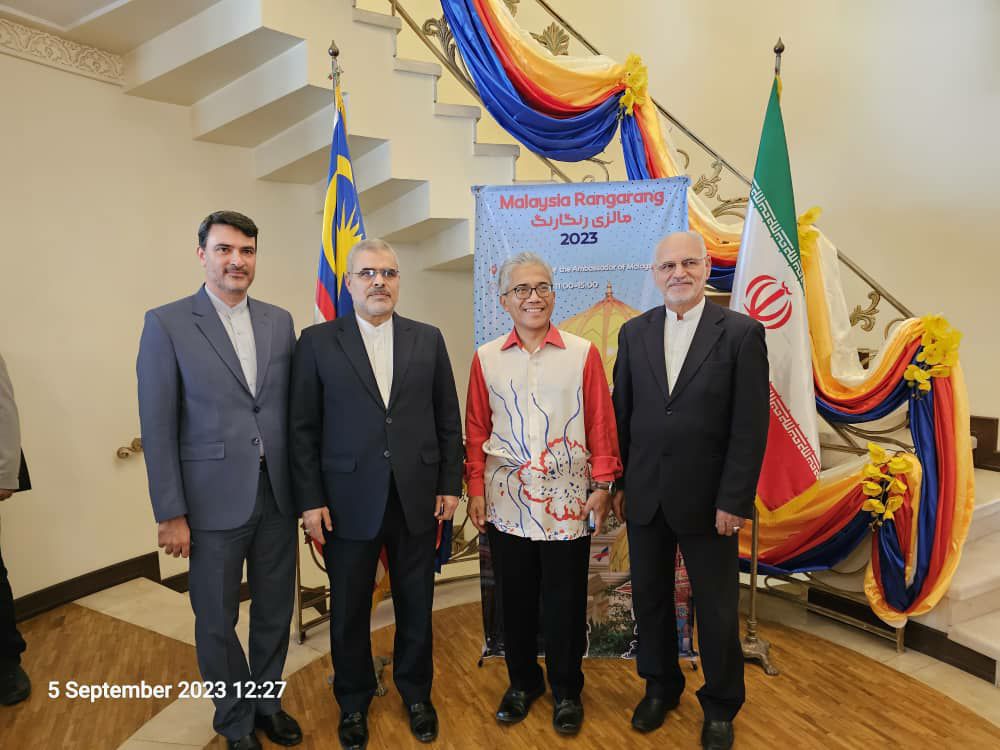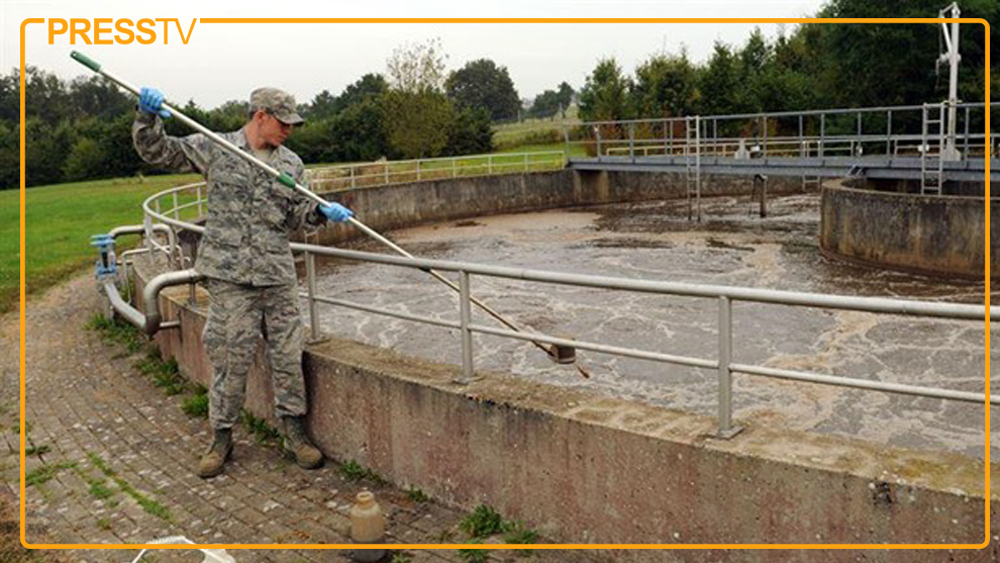Chabahar-Zahedan Railway to Be Completed by Yearend
TEHRAN (Iran News) Speaking on the sidelines of the ECO Interior Ministers’ Meeting in Tehran, Bijar highlighted the province’s strategic role in Iran’s regional trade network. “Sistan and Baluchestan is the largest province in the country and shares the longest border with Pakistan, as well as a border with Afghanistan. The Afghan border is the closest route to Chabahar Port, providing a vital outlet for Afghan traders,” he said.
Bijar explained that improving infrastructure was a prerequisite for expanding economic exchanges with neighboring countries. “We are developing both the coastal corridor and the North–South corridor, which will not only facilitate domestic transportation but also strengthen regional connectivity,” he said.
The governor noted that the province currently has three official border crossings with Pakistan and one official crossing at Milak with Afghanistan. “Some cross-border exchanges also occur at the local level to ensure that border communities benefit economically from these activities,” he added.
Bijar emphasized that the goal of these local trade initiatives is to improve livelihoods and promote regional economic development. “Trade should not only serve national interests but also help the people living in border regions,” he said.
He pointed out that four border markets currently operate between Iran and Afghanistan and that the province hosts two free trade zones — the Chabahar Free Zone and the Sistan Free Zone.
“The Chabahar Free Zone had some administrative challenges, which we have now addressed through management changes,” Bijar said. “The Sistan Free Zone, which had been inactive, has also been revived, and several companies have begun operations there.”
Bijar also discussed the province’s growing ties with Oman, noting that the two sides had recently explored economic opportunities during an official visit. “About 35 percent of Oman’s indigenous population are Baluch people with ancestral roots in Iran, which gives us a strong cultural and historical link,” he said.
He added that maritime transport between Chabahar and Muscat now operates twice a week, and negotiations are underway to establish a direct flight between Zahedan and Karachi to enhance air connectivity with Pakistan.
The governor underlined Pakistan’s importance in supplying essential commodities to Iran. “Pakistan has significant capacity to help supply basic goods,” he said. “During the recent 12-day conflict involving the Zionist regime, when we faced shortages of red meat and rice, we turned to Pakistan’s resources.”
Bijar explained that rice imports from Pakistan were authorized both during and after the conflict, with shipments arriving under both preferential and free-market exchange rates. “In the red meat sector as well, we have developed strong cooperation with Pakistan, ensuring the steady supply of essential food products,” he noted.
Highlighting the province’s pivotal role in regional trade, Bijar said that Central Asian countries could use the Chabahar Port as their most direct access route to international waters. “Chabahar offers landlocked nations in Central Asia a secure and efficient corridor to global markets,” he explained.
He added that the completion of the Chabahar–Zahedan railway line will significantly enhance the port’s logistical capabilities, connecting it to Iran’s national rail network and, eventually, to Central Asia. “Once operational, this line will be a game-changer for regional trade, facilitating cargo movement from the Indian Ocean to Central Asia through Iranian territory,” Bijar said.
The governor also pointed to the shared cultural and linguistic heritage between Iran, Pakistan, and Afghanistan as a foundation for deeper regional cooperation. “We have strong cultural ties with both neighboring countries, and we intend to use these bonds to foster economic and social development in the province,” he said. “Railway ”
Bijar concluded that with the progress of infrastructure projects like the Chabahar–Zahedan railway, the expansion of border markets, and the establishment of new transport links, Sistan and Baluchestan is poised to become a gateway for regional trade and integration.
- source : IRAN NEWS ECONOMIC DESK






























